Photographer, world traveler and university professor Karen Stafford recently made a return trip to Myanmar (formerly Burma). While there, she picked up more of her favorite longyi skirts, the traditional sarong-like skirts worn by the local Burmese. Shopping for longyi can be a rewarding, but confusing experience. Fortunately, Karen breaks down the longyi shopping process for us and shares her insider tips here.
Where to buy Burmese Longyi Skirts in Myanmar
In Myanmar, you’ll have no shortage of places to buy a longyi– cities like Yangon and Mandalay all have excellent options. But an easy way to combine sightseeing with longyi shopping is to visit the township of Amarapura. A popular day trip from Mandalay, Amarapura is well-known for its traditional silk and cotton weavers. While there, you’ll have the chance to check out some spectacular Burmese attractions like these:

And the U Bein Bridge (circa 1850), spanning over a mile across Taungthaman Lake. Myanmar’s U Bein bridge is said to be the oldest and longest teak bridge in the world

You might catch some fishermen dangling rods over the bridge, or run into monks from nearby monasteries.
After sightseeing Amarapura, head to the center of town to find the textile weavers at work and buy your longyi.
Karen explains that there are different ways to buy and wear a longyi:
- Locals buy the fabric for the longyis and have them made up into a skirt by a local tailor, who will hem to the correct length. The longyi is then wrapped around the wearer, held up only by a simple side tuck of the fabric at the waist. The problem, as Karen points out, is the darned things are always coming undone! You’ll see plenty of locals (both men and women) stopping every so often to adjust and retuck their longyis.
- Tourists, unsure of the correct tucking method, often forego it entirely and opt for pre-made longyi that come with ties. These pre-made, widely available in Mandalay markets, may be an easy option, but you will sacrifice quality for convenience. Karen notes you will not be able to find the exquisite silks in ready-made form (because locals don’t wear the ones with ties).
- Karen recommends buying the same high quality silk fabrics as the local Burmese buy, but then seeking out a local tailor to add in some critical adjustments– a hook and eye closure and a full lining. Multiple, sturdy hook and eye clasps solve the problem of the slipping longyi and have the additional bonus of giving the longyi a more formal, elegant look. The lining protects your investment from snags and sweat stains.
- Karen recommends tailors in the Bogyoke market area, as they are familiar with the hook and eye closures. Turnaround time is about three days and costs approximately $5 per longyi. If you don’t have the time to wait for local tailoring, you can always try your luck with a tailor back home.
Karen owns about a dozen longyi, here are some from her collection:
 Back home, Karen looks glam in her royal blue silk longyi, paired with strappy gold sandals and a sleek top.
Back home, Karen looks glam in her royal blue silk longyi, paired with strappy gold sandals and a sleek top.
[box type=”info” style=”rounded” border=”full”]Souvenir Finder Shopping Tip Sheet
- What to Buy: If you want the best quality longyi, opt for the fabric and have it made for you.
- Where to get it: You can buy longyi all over Myanmar. One option for combining sightseeing with shopping is to check out Amarapura. Conveniently, the textile markets are usually open every day, from 9 am-5 pm.
- What to know: Karen reports that prices for longyi textiles range from $8 for a synthetic piece of fabric to over $100 for a very nice, thick silk piece. On her last trip, Karen paid from $15-$30 per piece (with pure silks topping out at $30). But don’t be disappointed if you end up paying slightly higher prices– Karen bought in multiples and is an experienced shopper (and hard bargainer!)[/box]
Have you ever bought a longyi in Myanmar? Share in the comments below!
Want to read more about what it’s like to wear a longyi in Myanmar? Check out Jodi Ettenberg’s post on Legal Nomads where she writes about how wearing her longyi served as an icebreaker, allowing her to connect with local Burmese community.
[box] About our Guest Photographer and Story Contributor
About our Guest Photographer and Story Contributor
Karen Stafford is an ESL University Professor, author and photographer. A California native, Karen currently lives in Japan with her husband and adorable two cats. After inheriting “wanderlust” from her dad, she’s made her way to more than 50 countries. When not exploring new places, Karen finds her way back to her favorite spots in Cambodia and Laos (where she also visits the children she supports thought local charities). Follow Karen on Flickr to see more of her amazing travels! [/box]
All photos Copyright 2014 by Karen A. Stafford, used with permission here. (click on photos to link to original).

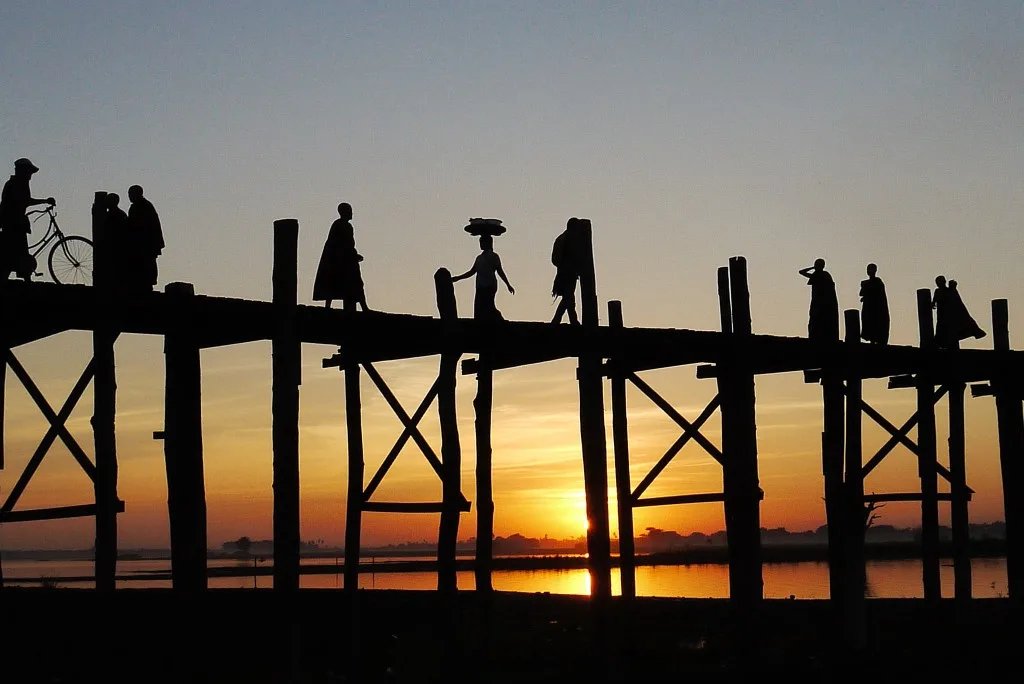
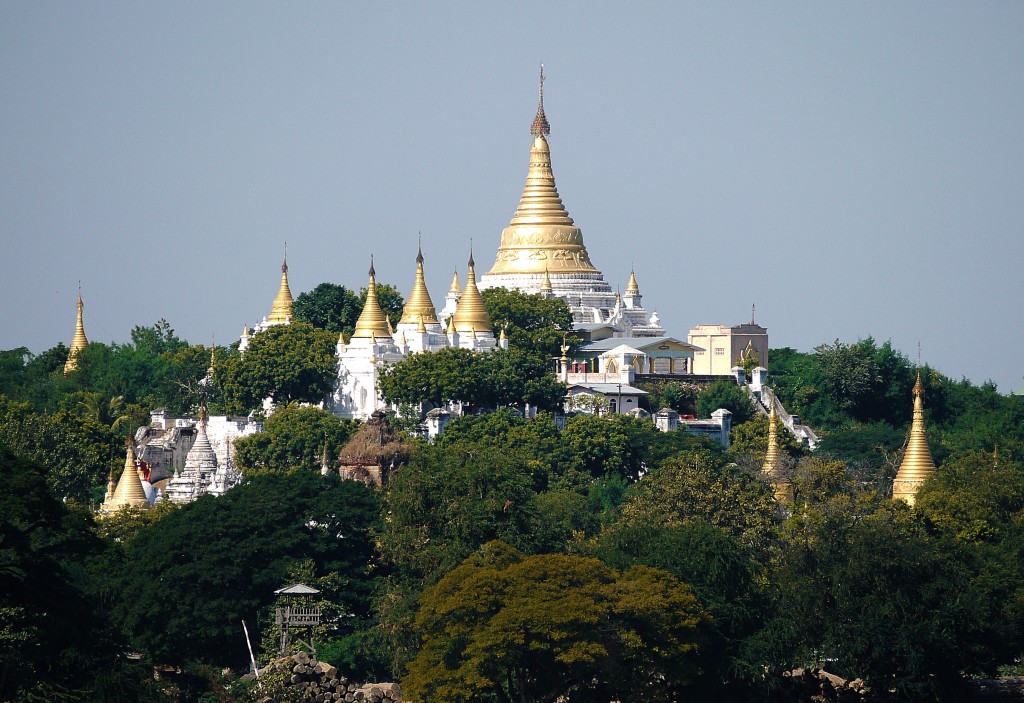
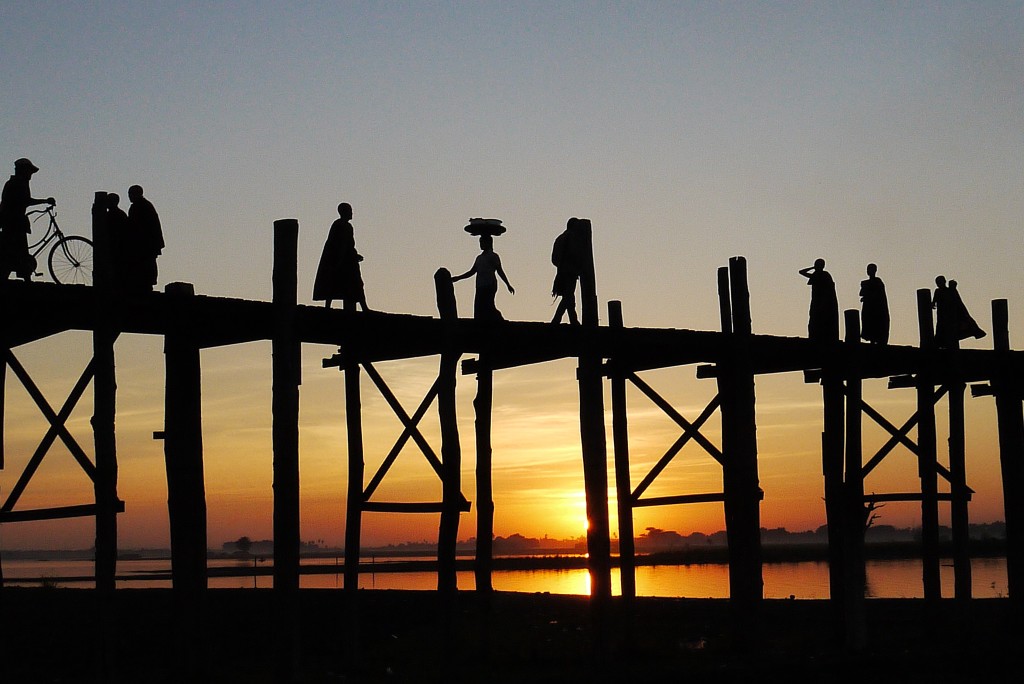
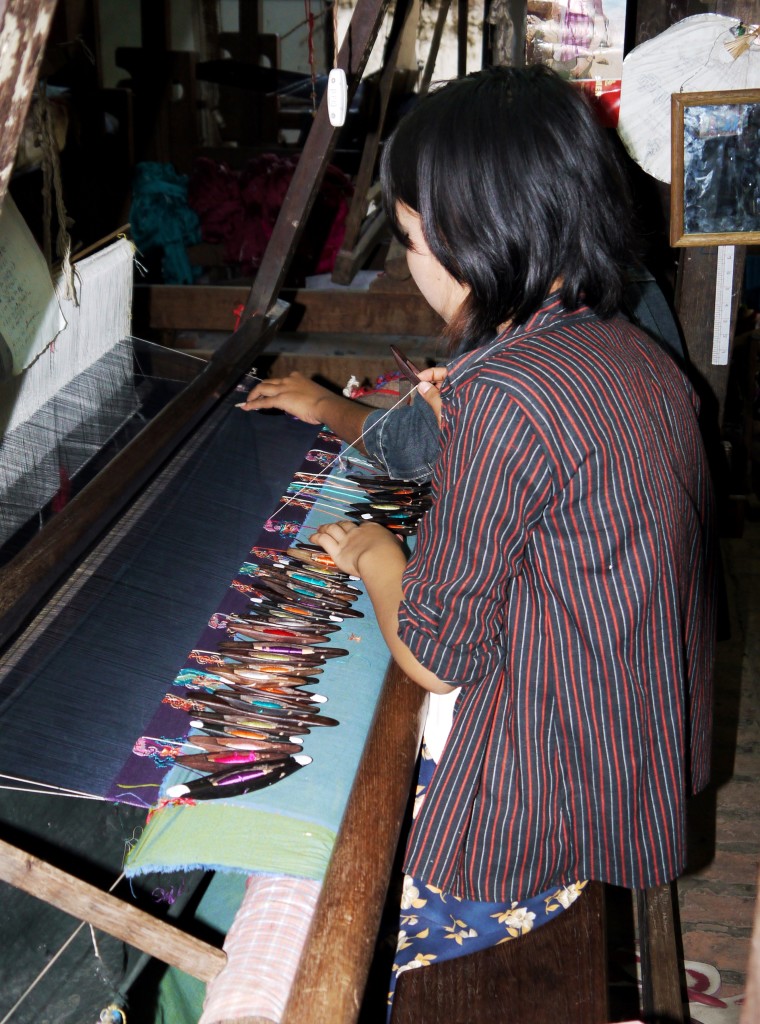
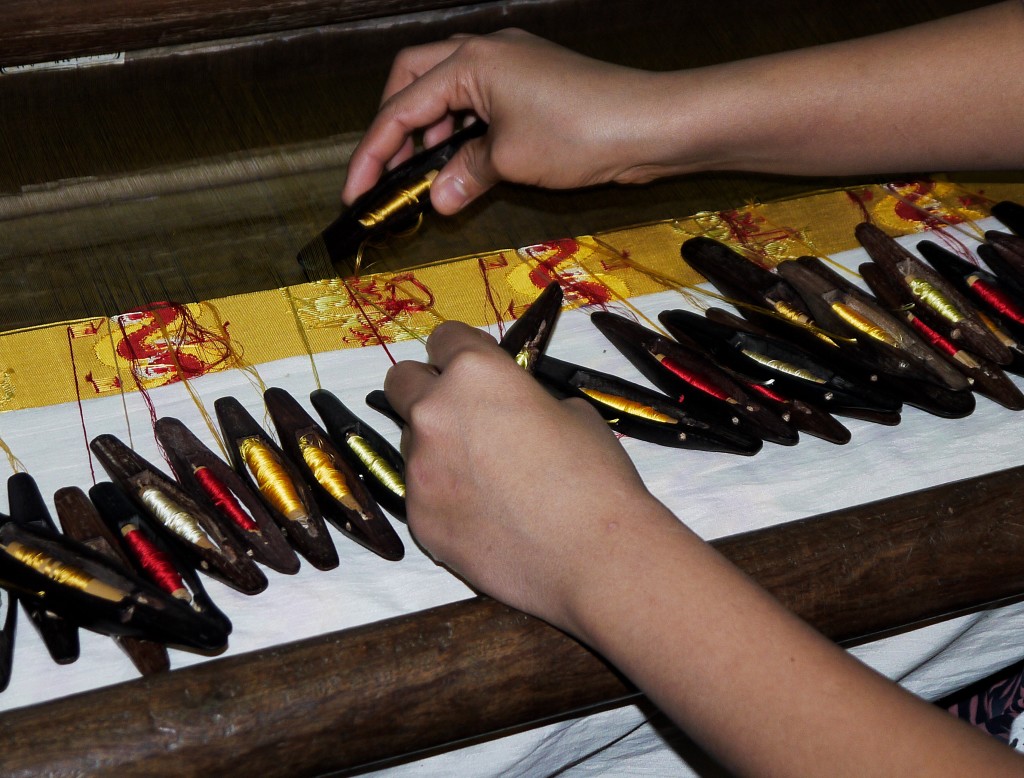
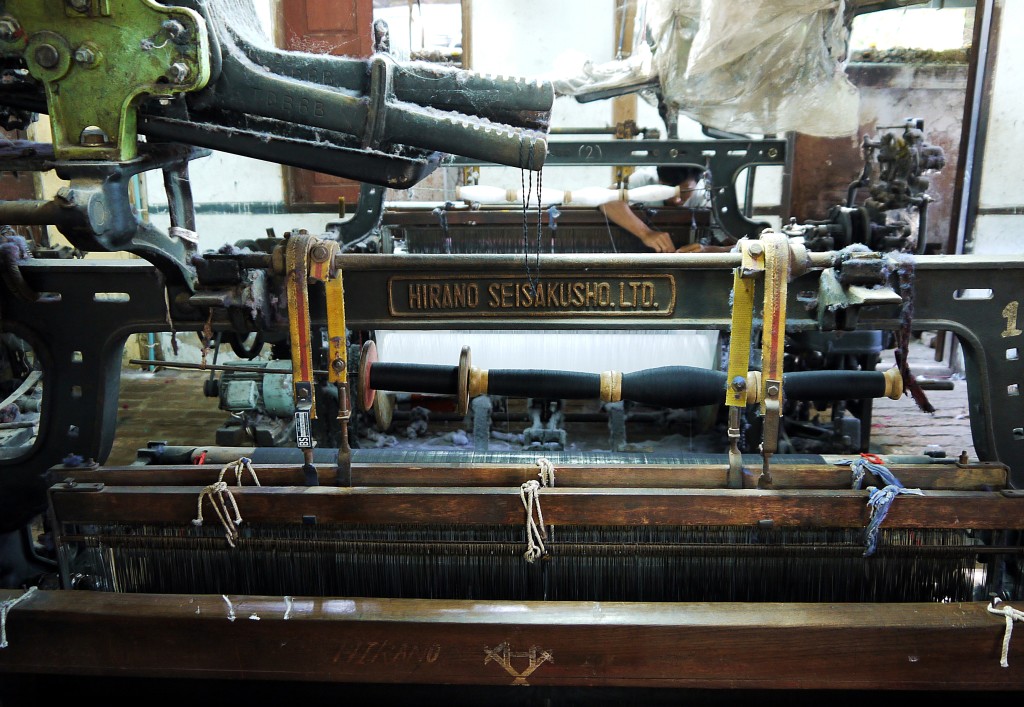





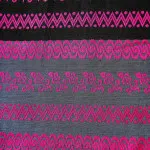
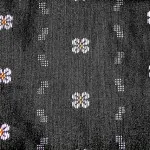
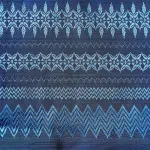
Lyric Joy
Sunday 11th of June 2017
Something I have been seeking for years is a source to purchase longyi for those without the funds to sojourn to Myanmar simply to buy one!!!!!
Kristin Francis
Tuesday 24th of October 2017
Hi there! I'm not sure where you could find them, I'll see if I can find a reputable link.
Maya Lama
Friday 9th of October 2015
I've worn a Burmese longyi (allover embroidery, and also many made in Indonesia and sold as a cut piece around 2 yards wide by 45" long. The top and bottom are selvage. In the old Burmese style, a strip of black cotton around 3" wide was added to the top, then the entire length was simply sewn to make a tube. Wear a "petticoat" underneath that has a drawstring waist, or just tie a strong string around your waist. Step into the longyi, wrap it so the seam is inside the single fold in the front, and adjust the length by tucking the top inside the petticoat string, using the black border as a guide to get it straight. Straighten the bottom to be even, shorten or lengthen by tucking more or less into the waist. This doesn't come loose. If it makes you nervous without a hook and eye, put a couple of big safety pins on the inside after wrapping. Plain Thai silk makes a beautiful longyi, as does solid color cotton with no border. An elegant, slim skirt that fits every size.
Kristin Francis
Saturday 10th of October 2015
Sounds gorgeous! Thanks so much for the tips on wearing it!
Sonia Huelsenbeck
Sunday 27th of September 2015
The hook and eye idea is genius. Thank you!
Amber
Saturday 28th of June 2014
I have a longyi! I find, though, that I rarely wear it outside of Myanmar. Perhaps I need to keep it cleaned, pressed, and hung in case I need it. Now, it is a bit wrinkled in the back of a drawer. Sad.
Kristin Francis
Monday 30th of June 2014
Amber, I love the longyis! It would totally work in NYC with a cute tank so I'm sure it would be perfect for Bali. Maybe just hang it up and let the humidity steam the wrinkles out. I think I'd get the hook and eye put in though to make it sleeker and less likely to fall down.
Brad Bernard
Thursday 26th of June 2014
This is a great post, especially for people like me who are clueless about how to buy souvenirs for my sisters. I'll look like an expert when I go back.
Kristin Francis
Friday 27th of June 2014
Thanks Brad! I think this look is totally chic and wearable back home with the hook and eye adjustment.